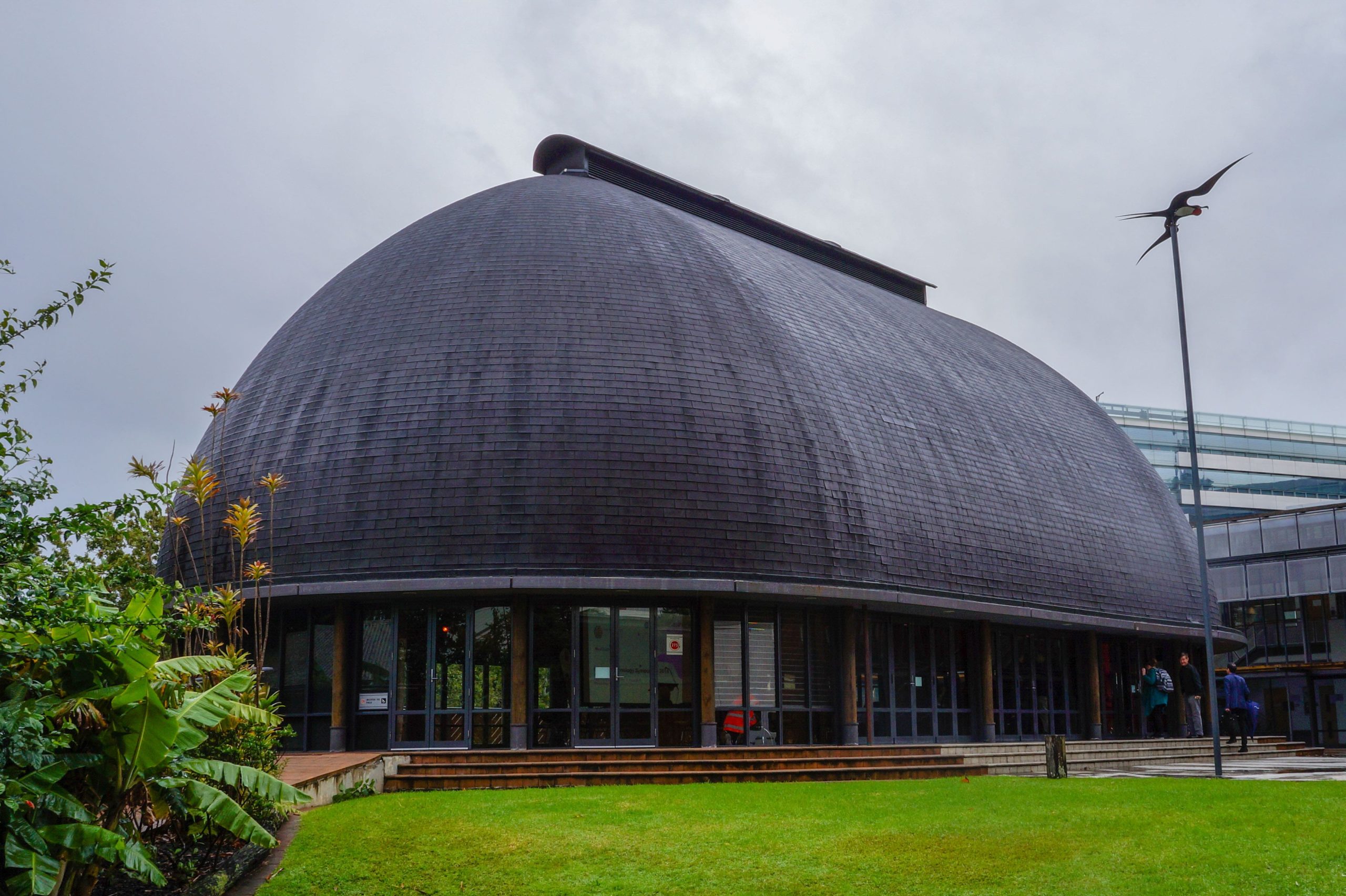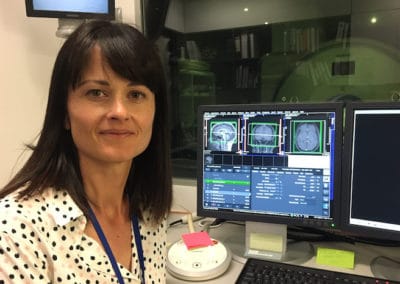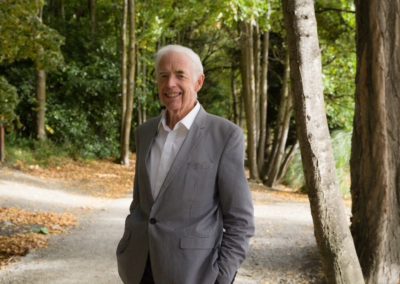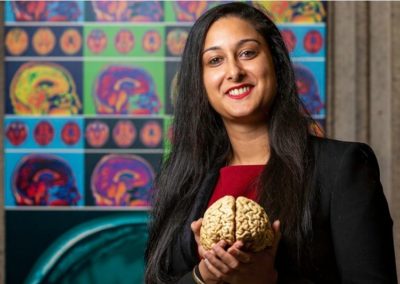The second annual Brain and Technology Symposium was held on 11 and 12 April 2018 in the Fale Pasifika at the University of Auckland. It brought together an incredibly diverse group of people and perspectives from all corners of New Zealand and abroad. 68 participants – from early career researchers to distinguished experts – attended the symposium hosted by MedTech CoRE and Brain Research New Zealand – Rangahau Roro Aotearoa. There were former patients, clinicians, researchers, and engineers; people from different cultures and backgrounds. And they all brought their unique insights, research interests and challenges to tackle.
This diversity was mirrored in our guest speakers and the stories they shared with us. Anne McKenzie, author of “The Brilliance and the Madness”, gave us a very personal account of her journey with traumatic brain injury and reminded us why we do the work we do. Kristin Gozdzikowska from the Laura Fergusson Trust picked up the topic and talked about traumatic brain injury and rehabilitation from a clinician’s perspective, and the current limitations she sees.
Jürgen Götz from the Queensland Brain Institute gave us detailed insights into his Alzheimer’s research and more specifically, the use of ultrasound as a non-invasive and versatile treatment modality for Alzheimer’s Disease. He provided evidence that directed ultrasound reduces the Amyloid B plaques in animals and talked about the translation of these findings to a clinical therapy. It was a very pertinent talk, demonstrating the collaboration between basic neuroscience researchers and engineers/physicists to tackle a significant neurological problem. (Read more about Jürgen’s work here.)
Our final guest speaker, Te Aroha Morehu from Ngāti Whātua Ōrākei, introduced us to the exciting work that Ngāti Whātua Ōrākei is doing to proactively introduce digital technology and platforms to the Māori community and how these are being adopted in the Māori economy. He highlighted the importance and value of working with Māori communities, of learning together and from each other.
How can new technologies enhance research into the ageing brain?
As diverse as this group was, there was one thing they all had in common: the aim to collaborate, to foster relationships and to develop ideas together. And it seems like our two CoREs are made for each other: BRNZ brings the questions and MedTech brings the technology. Together, we can really make a difference.
The afternoon featured a facilitated workshop – a funding competition aimed to initiate collaboration between BRNZ and MedTech CoRE researchers. The overarching question: How can new technologies enhance research into the ageing brain?
Six clinical challenges were presented and the participants split into working groups to come up with potential solutions. And they were keen to take up the challenge – soon, the room was buzzing with ideas. What made this exercise particularly intriguing was that the participants could work with real problems and potential products that they actually “had the skills to move to market”, as well as “the excitement of working with a new and exciting bunch of collaborators”.
On the second day of the symposium, the working groups presented their proposals. A panel of judges then chose three finalists who were invited to submit formal proposals to receive funding (jointly sponsored by BRNZ and MedTech CoRE) to continue working on their project. The final decision on the three prizes was announced on 9 May.
The winning proposals were:
- 1st place: Drug delivery to the inner ear (Srdjan Vlajkovic, Jaydee Cabral, Poul Nielsen, Beverly Chen, Miriam Scadeng, Phil Sanders, Christine Ying Yan Fok, Mithila Durai, Usman Ghani)
(Jaydee Cabral, Srdjan Vlajkovic, Peter Thorne, Poul Nielsen, Paul Harris, Mithila Durai, Phil Bird, Miriam Scadeng, Christine Fok, Rachel McLeay)
Project Description: The aim of this project is to improve drug delivery to the inner ear by increasing the permeability of the round window membrane (RWM) using acoustic and non-acoustic stimuli. This study will monitor RWM permeability by measuring the diffusion of fluorescently tagged drugs in a large animal ex vivo model, as well as a small animal in vivo model. - 2nd place: Te Ōranga Ō Te Roro: App for Dementia Awareness and Prevention Through Risk Reduction (ADAPT-R) (Marcus King, Margaret Dudley, Sarah Cullum, Susan Yates, Suranga Nanayakkara, Sharon Olsen, Pablo Gallego, Edgar Rodriguez Ramirez, Alexander Merkin, Kristina Zawaly)
Project Description: ‘Te Ōranga Ō Te Roro’ is an app designed to promote dementia awareness and prevention. In New Zealand, the number of people with dementia is growing steadily, placing a large economic and social burden on society. Māori and Pasifika are particularly affected, and recent research with Māori has identified a need for more accessible, culturally relevant information to assist people living with dementia and their whānau. Furthermore, with advances in our knowledge of the modifiable risk factors for dementia, it is vital that information about how to prevent or delay the onset of dementia is made accessible to the public. This project will develop an app that can assess an individual’s risk for dementia, provide education about risk-factor modification and living with dementia, offer cognitively-challenging games, link up with health professionals, and provide anonymous data for research. - 3rd place: Multi-modal MRI to predict cognitive decline in Parkinson’s disease (Vickie Shim, Tracy R Melzer, Samantha Holdsworth, Catherine Morgan, Reece Roberts, Jin Ng, David Dubowitz, Poul Nielsen, Pritika Narayan)
Project Description: Currently there is no reliable objective biomarker that can predict cognitive decline in the ageing population. We hypothesise that unique signatures of brain structure and function based on non-invasive Magnetic Resonance Imaging (MRI) coupled with a comprehensive data mining approach are able to predict cognitive decline.
Using a set of comprehensive neuroimaging data acquired on Parkinson’s Disease patients at the New Zealand Brain Research Institute, we propose to create an objective neurodegeneration prediction tool. Two approaches will be used: a ‘grey box’ approach using a set of final post-processed data. Here, partial least squares regression analysis will be used to (1) find imaging correlates that best predict the clinical outcome, followed by (2) the creation of a characteristic brain ‘signature image’ of cognitive decline to inform clinicians of localized areas of brain degeneration. The second exploratory ‘black box’ approach is based on our hypothesis that the ubiquitous extra image post-processing that sometimes plagues/biases MRI studies is not necessary. Here, we will use an entirely data-driven approach, whereby the ‘raw’ (unprocessed) imaging data will be used to extract the imaging methods that most predict the clinical outcome.
The models developed during this project will set the stage for further application to an emerging comprehensive and nationwide imaging bank of Mild Cognitive Impairment/Alzheimer’s Disease data acquired as part of the CoRE’s Dementia Prevention Research Clinics.
Into the future – how we continue from here
Congratulations to the winning teams! We’re very excited to see the projects develop over the next few months.
And while not all teams managed to secure funding this time, we hope that they still continue with their projects and reach out to the rest of the CoREs for support. They presented intriguing proposals focusing on an early detection tool for Parkinson’s Disease, integrating rodent behaviour analysis and brain imaging, and in-place stroke rehabilitation with telepresence.
These two short days have shown us how much is possible if we put our heads together and if we see our different backgrounds, interests and expertise as a strength. Combining our forces, we can work on challenges that we would not be able to solve on our own.
After all, he waka eke noa. We’re all in this together.



